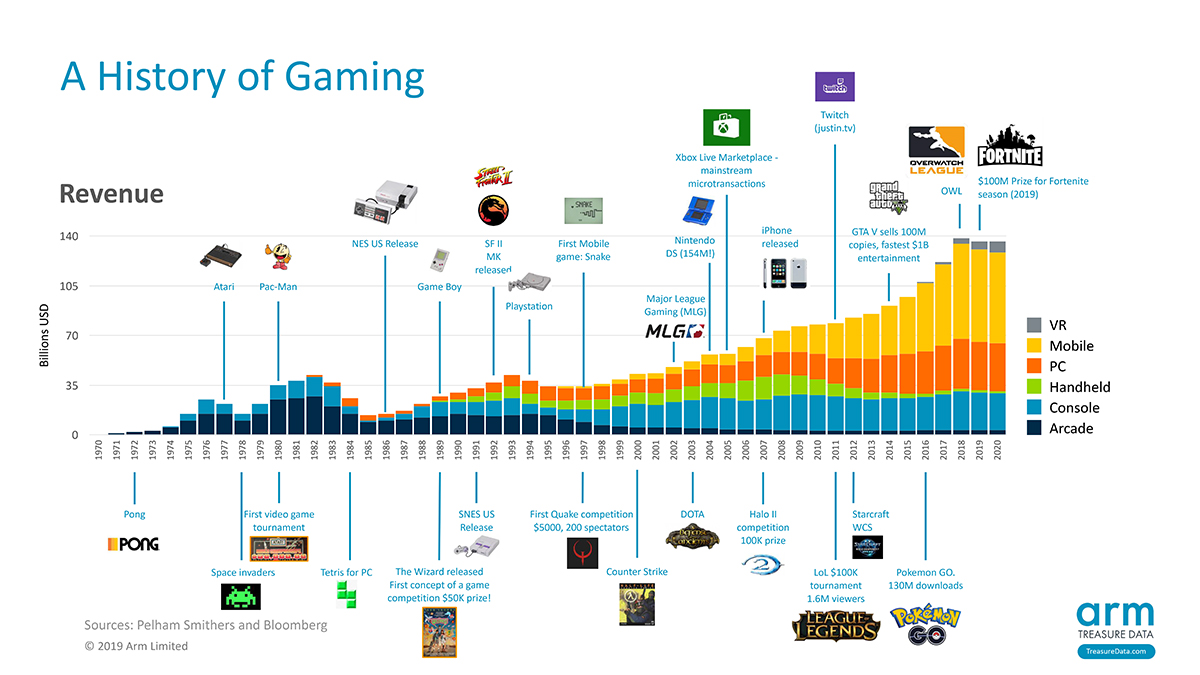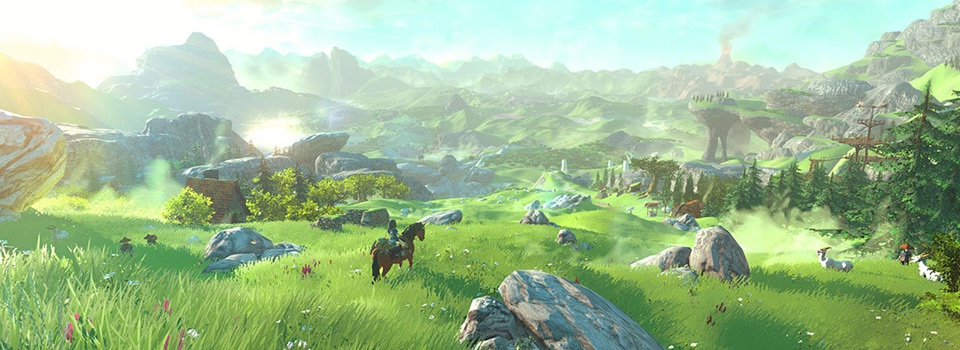The Evolving Landscape of Online Gaming in 2025: A Free-to-Play Revolution
Related Articles: The Evolving Landscape of Online Gaming in 2025: A Free-to-Play Revolution
Introduction
In this auspicious occasion, we are delighted to delve into the intriguing topic related to The Evolving Landscape of Online Gaming in 2025: A Free-to-Play Revolution. Let’s weave interesting information and offer fresh perspectives to the readers.
Table of Content
The Evolving Landscape of Online Gaming in 2025: A Free-to-Play Revolution

The year 2025 is on the horizon, and the gaming industry is undergoing a transformative shift. The rise of free-to-play (F2P) models, fueled by technological advancements and evolving player preferences, has reshaped the landscape of online gaming. This article delves into the key aspects of this revolution, exploring its impact on game design, monetization strategies, and the overall gaming experience.
The Rise of Free-to-Play:
The F2P model has become a dominant force in the gaming industry, offering players access to a wide range of titles without upfront costs. This accessibility has democratized gaming, allowing individuals from diverse socioeconomic backgrounds to participate in a world of virtual experiences. The success of F2P games can be attributed to several factors:
- Low Barrier to Entry: F2P models eliminate the financial hurdle that traditional games often present, allowing players to try a game without committing to a purchase. This significantly expands the potential player base.
- Microtransactions and In-Game Purchases: The monetization strategy for F2P games relies on microtransactions, allowing players to purchase virtual items, cosmetic upgrades, or in-game currency. This provides a sustainable revenue stream for developers while offering players optional enhancements to their experience.
- Continuous Content Updates: F2P games often feature regular content updates, including new levels, features, and events. This keeps players engaged and incentivizes them to return for more.
- Social and Competitive Elements: Many F2P games incorporate social and competitive features, fostering a sense of community and encouraging players to interact with one another.
Evolution of Game Design:
The F2P model has significantly influenced game design. Developers are increasingly focusing on:
- Engaging Gameplay Loops: F2P games are designed to keep players hooked through repetitive yet rewarding gameplay loops. This ensures sustained engagement and encourages players to spend time within the game.
- Progression Systems: F2P games often feature elaborate progression systems, allowing players to unlock new abilities, characters, or items as they progress through the game. This provides a sense of accomplishment and encourages players to continue playing.
- Free-to-Play Friendly Mechanics: Game mechanics are designed to be accessible to both free and paying players, ensuring a balanced experience for all. This minimizes the perceived advantage of paying players and fosters a more inclusive community.
Monetization Strategies:
The monetization strategies employed in F2P games are diverse and constantly evolving. Some common approaches include:
- Battle Passes: These offer players a set of rewards for completing in-game challenges or reaching certain milestones. This provides a sense of progression and incentivizes players to spend time within the game.
- Cosmetic Items: F2P games often offer a wide range of cosmetic items that players can purchase to customize their characters or environments. This provides a way for players to express their individuality without impacting gameplay.
- In-Game Currency: Players can purchase in-game currency to expedite their progression or purchase premium items. This provides a convenient way for players to support the game and accelerate their experience.
- Subscription Services: Some F2P games offer optional subscription services that provide additional benefits, such as exclusive content, access to premium features, or increased earning potential.
Benefits of Free-to-Play Gaming:
The F2P model offers several benefits for both players and developers:
- Increased Accessibility: F2P games remove the financial barrier to entry, making gaming accessible to a wider audience. This fosters inclusivity and allows individuals from diverse backgrounds to participate in the gaming community.
- Enhanced Player Engagement: The emphasis on engaging gameplay loops, progression systems, and regular content updates keeps players engaged and incentivizes them to return for more. This leads to increased player retention and a thriving community.
- Sustainable Revenue Model: The microtransaction-based monetization strategy allows developers to generate revenue while providing players with a free core experience. This ensures the long-term sustainability of games and supports ongoing development.
- Innovation and Experimentation: The F2P model encourages developers to experiment with new game mechanics and monetization strategies, leading to innovation and creativity within the industry.
Challenges of Free-to-Play Gaming:
Despite its benefits, the F2P model also presents certain challenges:
- Pay-to-Win Concerns: Some F2P games have been criticized for incorporating pay-to-win mechanics, where players who spend money can gain a significant advantage over free players. This can create an imbalance in gameplay and undermine the sense of fairness.
- Addiction and Overspending: The microtransaction system can lead to addiction and overspending, particularly for vulnerable individuals. It is crucial for developers to implement responsible gaming measures to mitigate these risks.
- Grinding and Repetition: The reliance on engaging gameplay loops can sometimes lead to repetitive gameplay and a sense of grinding, particularly for players who are not willing to spend money.
- Excessive Monetization: Some F2P games have been criticized for excessive monetization, where players are bombarded with constant prompts to purchase in-game items. This can detract from the overall gaming experience and create a sense of frustration.
The Future of Free-to-Play:
The F2P model is expected to continue evolving in the coming years, driven by technological advancements and evolving player preferences. Some potential trends include:
- Increased Integration with Metaverse: F2P games are likely to become increasingly integrated with the metaverse, offering players more immersive and interconnected experiences.
- Rise of Subscription Services: Subscription services are likely to become more prevalent, providing players with access to a wider range of games and content for a recurring fee.
- Focus on User Experience: Developers are likely to prioritize user experience, offering more personalized and engaging experiences tailored to individual player preferences.
- Greater Transparency and Fairness: The industry is likely to address concerns regarding pay-to-win mechanics and excessive monetization, implementing more transparent and fair monetization practices.
FAQs:
Q: What are the main differences between free-to-play and traditional paid games?
A: Free-to-play games are offered without an upfront cost, relying on microtransactions and in-game purchases for revenue. Traditional paid games require a purchase to access the full game content.
Q: How are free-to-play games funded?
A: F2P games generate revenue through microtransactions, where players can purchase virtual items, cosmetic upgrades, or in-game currency.
Q: Are free-to-play games inherently unfair?
A: Not necessarily. While some F2P games may incorporate pay-to-win mechanics, others are designed to be fair and balanced for both free and paying players.
Q: What are the risks associated with free-to-play games?
A: The microtransaction system can lead to addiction and overspending, particularly for vulnerable individuals. It is crucial for developers to implement responsible gaming measures.
Q: What is the future of free-to-play gaming?
A: The F2P model is expected to continue evolving, driven by technological advancements and evolving player preferences. Trends include increased integration with the metaverse, rise of subscription services, and a focus on user experience.
Tips for Playing Free-to-Play Games:
- Set a Budget: Determine how much money you are willing to spend on in-game purchases and stick to it.
- Focus on the Free Experience: Enjoy the core gameplay and content that is available for free.
- Avoid Pay-to-Win Mechanics: Choose games that prioritize a fair and balanced experience for all players.
- Be Aware of Addiction: Monitor your spending and play time to avoid excessive spending or addiction.
- Read Reviews and User Feedback: Research games before playing to avoid those with excessive monetization or unfair mechanics.
Conclusion:
The free-to-play model has revolutionized the gaming industry, offering a new era of accessibility, engagement, and innovation. While challenges remain, the future of online gaming is likely to be shaped by the continued evolution of the F2P model, driven by technological advancements and the evolving preferences of players. As the industry continues to evolve, it is crucial for developers to prioritize user experience, fairness, and responsible gaming practices to ensure a positive and sustainable future for online gaming.








Closure
Thus, we hope this article has provided valuable insights into The Evolving Landscape of Online Gaming in 2025: A Free-to-Play Revolution. We appreciate your attention to our article. See you in our next article!